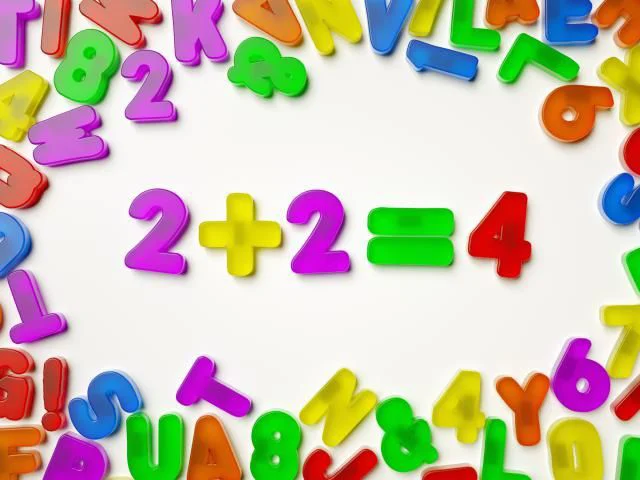
It’s easy to incorporate hands-on learning activities in subjects such as science, history, or geography,
but when it comes to math, many of us find it difficult to think
outside the worksheet box. For those who grew up in a traditional
educational setting, math seems to be all worksheets, textbooks, and
flashcards.
However, math can be just as hands-on as any other
subject and once your kids see the real life applications for it, they
may be more inclined to do those worksheets with a bit more enthusiasm.
Try some of these ideas.
Baking.
Baking may be the ultimate – or, at least, most fun – hands-on math
activity. It offers the opportunity to practice measurements, fractions,
and liquid volume. With the holiday season upon us, it’s easy
to practice adding and multiplying fractions with the real world
application of doubling and tripling recipes.
And, of course,
there is the opportunity to practice division as you work to ensure that
the resulting baked goods are dispersed in a fair and equitable manner.
Building. If you’ve got a student who loves to
build things, you’ve probably already discovered many practical
applications for math. In addition to basic math, geometry, basic
trigonometry, and algebra are all used in construction.
Measurements,
angles, area, and perimeter easily come into play. You can also look at
things like building costs, square footage, and converting units of
measure. Your kids may even have to admit that there really are practical uses for algebra in everyday life.
Sports statistics.
Your sports fans will find hands-on, practical uses for math as they
figure statistics for their favorite players. Batting averages, rushing
yards, or rebounds are all keywords that will help your sports fan find
value in math lessons. Fantasy football is wildly popular right now –
and full of hands-on math opportunities that won’t result in bad
attitudes and worksheet meltdowns.
Play games. The
insanely popular, computer-based game, Minecraft - which looks like
some of the old school games their parents used to play - provides kids
with all sorts of opportunities to practice math skills without drill
and flashcards.
Yahtzee was one of my favorite games growing up –
and one that ever left me complaining about practicing addition of
columns of numbers. It’s also a sneaky way to practice some simple skip
counting, as well as categorizing and strategizing.
Go shopping. The grocery store is full of hands-on math opportunities. You can let your children:
- Estimate your total grocery bill by rounding the price of each item to you add to your cart to the nearest dollar
- Weigh produce
- Compare unit prices
- Figure sales tax
- Calculate percentages based on sales prices
- Count the number of a given item needed based on your number of family members
- Practice counting money at the checkout counter
- Practice categorizing items by sorting the items in your cart
People
joke about homeschoolers turning a trip to the grocery store into an
educational field trip, but there really is so much to be learned there!
Count everything.
Let your young children count, count, count! They can count the number
of plates, napkins, or forks you need to set the table at dinner. The
can count beans, cups, oranges, or counting bears. Learning one-to-one
correspondence is one of the basic building blocks of math, so let your
young children practice it every chance they get.
Replicate patterns.
Patterns are a fun, hands-on math concept for young children. Make a
pattern of beads on a pipe cleaner. Then, give your child his own pipe
cleaner and beads and ask him to reproduce the pattern.
I used to
put colored stickers in patterns on note cards, then, give them to my
niece along with matching colored counting bears so that she could
replicate the pattern. You can practice patterns with a variety of math manipulatives
such as bead, buttons, stickers, even food! Kids love to play with
their food, so why not capitalize on that: pea, pea, pea, carrot, pea,
pea, pea, carrot?
The opportunities for incorporating math into
everyday, hands-on learning really are all around us. We just have to
look for them, recognize them for what they are, and capitalize on them
based on our children’s interests.


















COMMENTS